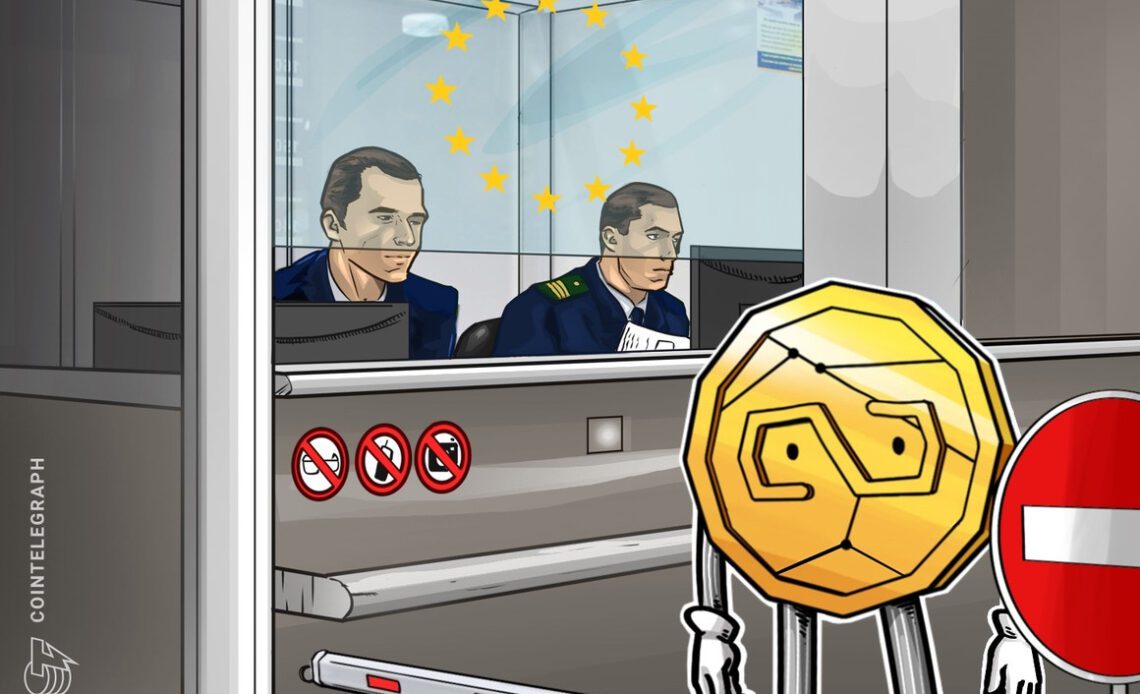The digital asset landscape in the European Union is evolving ahead of the passage of the Markets in Crypto-Assets (MiCA) regulation framework that aims to instill regulatory clarity around crypto assets. While well-intentioned, the current structure of MiCA may throttle innovation. But if a revised version of this policy passes, it could see the European Union become one of the leaders in the digital payment space. If not, then there is a genuine possibility of the continent falling behind.
MiCA aims to set a regulatory framework for the crypto asset industry within the EU. At this point, much still needs to be codified and clarified, but the broad strokes are now known.
Simultaneously, financial technology firm Circle launched a stablecoin called Euro Coin (EUROC). Euro Coin implements the same full-reserve model as the company’s existing USD Coin (USDC). This trusted digital United States dollar currency is used across centralized and decentralized exchanges and currently has over $55 billion in circulation. Therefore, designed for stability, EUROC is 100% backed by euros held in euro-denominated banking and is redeemable 1:1 for euros.
Related: Biden is hiring 87,000 new IRS agents — and they’re coming for you
While these two pieces of news ostensibly seem like a positive advancement for crypto in Europe, all is not as it seems. The MiCA framework limits the volume for stablecoin payments to $200 million per day. This is too low of a cap to gauge its success and is ultimately only helpful in stifling innovation and hindering what these assets can offer. Take the perspective from Belgium, where, as of July 1, 2022, all merchants must offer at least one digital payment solution. But, here’s the catch — cryptocurrency and stablecoins are not accepted as valid forms of digital payment under this provision.
MiCA’s limitations stand to hold back the potential of EUROC and other digital assets. And, unless this barrier is overcome, the EU may not see the type of adoption required to lead crypto innovation on an international scale. And, it risks seeing the role of the Euro as an international currency severely diminished.
MiCA’s unfriendly, or perhaps overcautious, stance on digital assets will undoubtedly have a profound impact on crypto projects looking to startup in the EU as well as those already established. In fact, Circle has already made it clear that it would not actively market the EUROC in the jurisdiction until the framework was…
Click Here to Read the Full Original Article at Cointelegraph.com News…
























